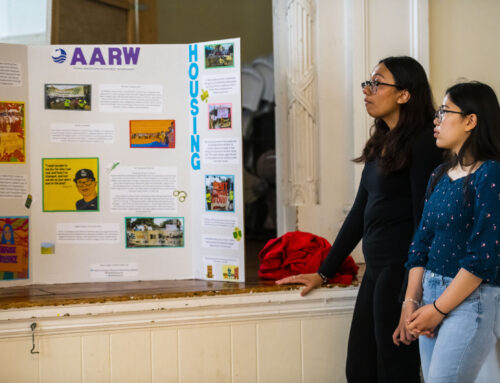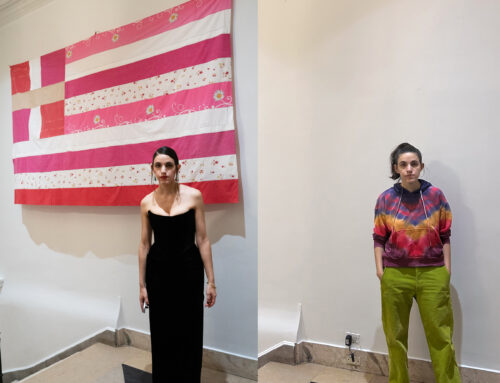How Social Media Influencers Have a Stake In the Fast Fashion Industry
It seems that the sustainability movement is growing, especially within the fashion industry. With the rise of resale apps like Depop, ThredUp, and Poshmark, the secondhand clothing market has become a place where buyers frequently shop from. Thrift shopping for the internet age has arisen not only out of convenience, but correspondingly due to the growing aversion towards fast fashion. The concept of fast fashion is simple: trendy clothes produced quickly and cheaply. While these items may be budget friendly, their low quality means they are quickly replaced in millions of closets, greatly contributing to waste. Meanwhile, the production of these clothes often involve low-paying labor, thus, enabling unethical and dangerous working environments. While big fast fashion brands like Zara, H&M, and Forever21 have been highlighted as companies to blame, there has hardly been any scrutiny of the influencers who promote these fast fashion brands on their Instagram. Whether it’s through collaborations or sponsored posts, social media influencers have a major say in what clothes show up on your feed, and consequently what clothes are promoted for you to buy. So why haven’t we assigned them part of the blame?
A study done by the Fashion Retail Academy reveals that 30% of shoppers use Instagram as their retail inspiration, precisely the medium that influencers use to promote fast fashion brands.
Theoretically, it is a match made in market heaven: a trendy girl wearing trendy clothes, both most likely with a high turnover rate. Fashion Nova, one of the most googled brands on the planet according to WWD, released a second collaboration with Cardi B in 2019, which sold $1 million worth of clothing within the first 24 hours of its debut. The brand has a network of over 6,000 influencers and counting.

Similarly, the Australian based brand Boohoo and UK based brand Pretty Little Thing are frequently doing collaborations with influencers, recruiting people who are already growing in the pop culture world. The popular UK reality show Love Island curates their contestants to be perfect social media machines, and many land contracts working with such fast fashion brands like PLT and Boohoo. Most recently, the 2019 second place winner’s Molly-Mae Hague landed a 500,000 Euro deal with Pretty Little Thing to do a collaboration. With Hague having 3.8 million instagram followers, there is no doubt that her promotional posts reach millions of people on the daily.
To be fair, fast fashion sponsored content doesn’t always have to be perceived as low brow, lower quality goods. Superdown is a contemporary clothing brand that is a bit pricer than Boohoo and PTL, and is often on the feeds of many influencers. Superdown is the spawn of e-commerce retail giant, Revolve, who has made great use of their 3.8 million Instagram followers. Revolve allocates much of their marketing budget for their group of 6,5000 influencers who wear clothes from the website and subsequently post about it, often sending them on trips during which they showcase their clothes. The Instagram influencer and fast fashion company relationship has become a well-oiled marketing machine where both bands and influencers alike have everything to gain.
So what’s the bottom line? It’s no secret that influencers rely on sponsored content for their income…it’s their job after all. But through the obvious pull they have with their followers, the question of reassessing which products they push should be assessed, especially when the effects of fast fashion have been proven to be extremely damaging to a worsening climate change problem.
As we have the power to choose who to follow and who to give our attention to, we have to wake up to the consequences of our decisions. While it may seem like it’s not that deep as we scroll through pictures of pretty influencers wearing affordable clothes, it is exactly the ease with which we are able to appreciate these images that can often delude us from their negative implications.



